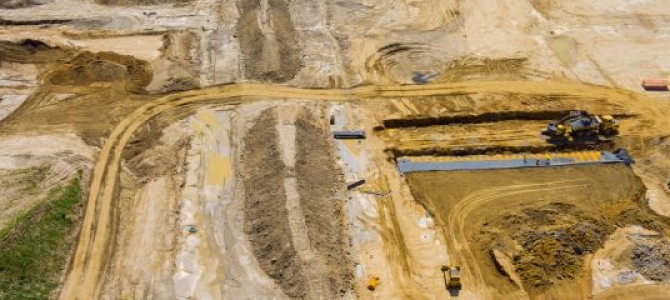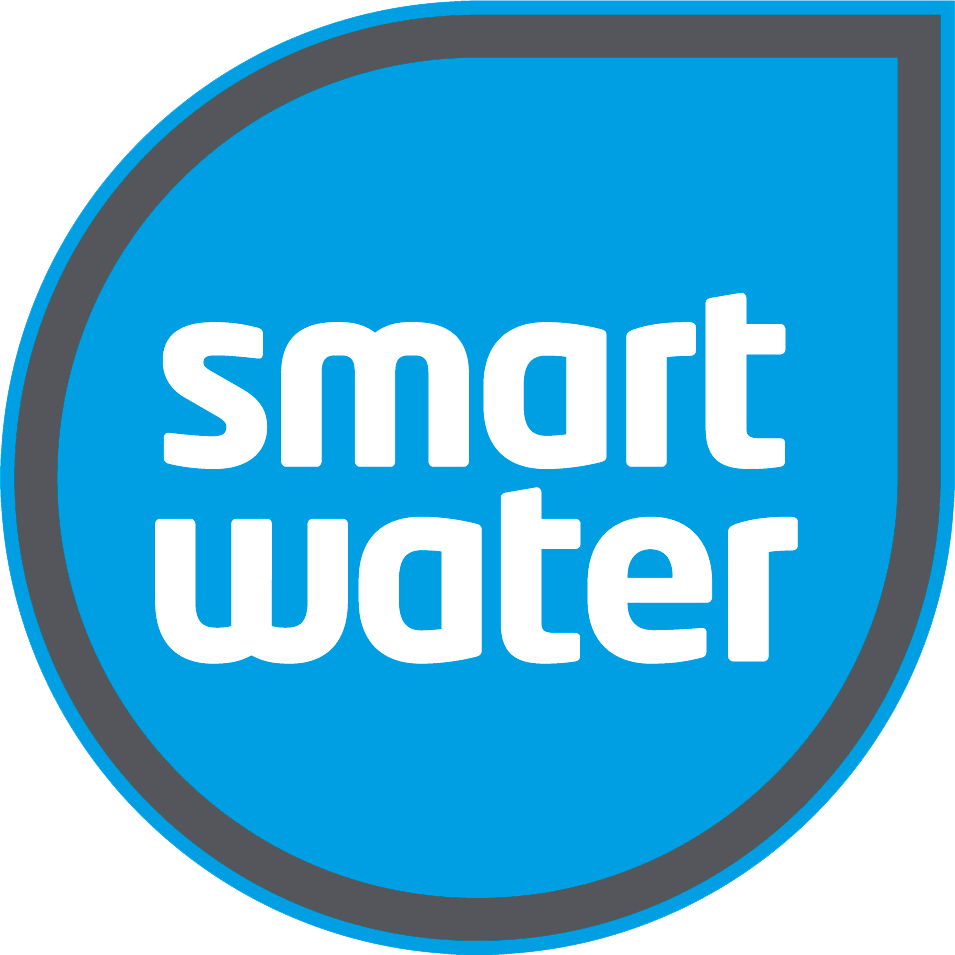 Shopping Cart
Shopping Cart
26 July 2024
Commercial Water Conservation: The Role of Water Tank Level Indicators

With water scarcity becoming a global issue, businesses must focus on conservation strategies to ensure both environmental sustainability and economic efficiency. One often overlooked tool in this effort is the water tank level indicator.
This blog post will explore the importance of water conservation in commercial settings and how water tank level indicators can play a vital role in this process.
The Economic and Environmental Benefits of Commercial Rainwater Harvesting
Reducing Water Costs
Commercial rainwater harvesting is a sustainable practice that significantly reduces water bills. By collecting and reusing rainwater, businesses can cut down on their reliance on municipal water supplies, which are often expensive and subject to price fluctuations. This cost-saving measure is particularly beneficial for large facilities with high water consumption rates.
Environmental Impact
Harvesting rainwater also has a positive impact on the environment. It reduces the strain on local water resources, helping to maintain natural water cycles and reducing the risk of water shortages. Furthermore, by reusing rainwater, businesses can minimise the energy used in water treatment and distribution, contributing to lower carbon emissions.
Enhancing Corporate Reputation
Adopting sustainable practices like rainwater harvesting enhances a company's reputation. Today's consumers and investors are increasingly eco-conscious. Demonstrating a commitment to environmental sustainability can attract new customers and stakeholders, thereby boosting the company's market position.
How Water Tank Level Indicators Can Help Businesses Manage Water Usage Efficiently
Early Leak Detection
Water tank level indicators provide real-time data on water levels, allowing businesses to detect leaks early. A sudden drop in water level can signal a leak, enabling prompt repairs and preventing significant water loss. This not only conserves water but also saves money on repair costs and downtime.
Optimised Water Supply
Accurate water level data helps in scheduling water refills efficiently, preventing overfilling and wastage. By knowing exactly how much water is in the tank, businesses can avoid unnecessary refills and ensure that water is used judiciously. This optimised approach leads to better water management and cost savings.
Preventative Maintenance
Monitoring water levels can identify potential issues with the water tank or pumping system early. By addressing these problems before they escalate, businesses can reduce downtime and maintenance costs. This proactive approach ensures the longevity and efficiency of the water management system.
Case Studies of Businesses That Have Successfully Implemented Rainwater Harvesting Systems
Office Complex in New York
An office complex in New York implemented a rainwater harvesting system along with advanced water tank level indicators. This initiative led to a 25% reduction in their annual water consumption. The system provided real-time data that helped the facility managers optimise water usage and detect leaks promptly, resulting in significant cost savings.
Manufacturing Plant in Germany
A manufacturing plant in Germany installed water tank level indicators to monitor their extensive rainwater harvesting system. The indicators allowed the plant to manage water usage more effectively, reducing their dependency on municipal water supplies by 30%. The data-driven approach also helped them set and achieve water conservation goals, enhancing their environmental credentials.
Hotel Chain in Australia
A leading hotel chain in Australia adopted water tank level indicators to support their rainwater harvesting efforts. The real-time monitoring capabilities of the indicators enabled the hotel to maintain optimal water levels, even during peak tourist seasons. This not only ensured a steady water supply but also aligned with their sustainability initiatives, attracting environmentally-conscious guests.
Tips For Businesses on Choosing The Right Water Tank Level Indicator
Consider the Type of Sensor
Different sensors offer varying levels of accuracy and reliability. Ultrasonic sensors, for instance, provide highly accurate water level measurements, even in challenging conditions. On the other hand, float switches and pressure sensors are cost-effective but may not be as precise. Businesses should choose a sensor type that best meets their specific needs.
Look for IoT Integration
Modern water tank level indicators often come with IoT integration, enabling remote monitoring and real-time data analysis. This feature is particularly useful for large facilities where manual monitoring is impractical. IoT-enabled indicators provide valuable insights into water usage patterns, helping businesses optimise their water management strategies.
Ensure Compatibility with Building Management Systems
For comprehensive water management, it's essential to choose indicators that can integrate seamlessly with existing building management systems (BMS). This integration allows for centralised control and monitoring of all water-related activities, enhancing overall efficiency and effectiveness.
Government Incentives and Rebates for Commercial Rainwater Harvesting
Financial Incentives
Many governments offer financial incentives and rebates to encourage businesses to adopt rainwater harvesting systems. These incentives can significantly offset the initial costs of installation, making it more affordable for businesses to implement these sustainable practices. Facility managers should explore available grants, tax breaks, and rebates in their region.
Regulatory Benefits
In some areas, businesses that implement rainwater harvesting systems may benefit from relaxed water usage regulations. By demonstrating a commitment to water conservation, companies can gain favour with regulatory bodies, potentially avoiding fines and other penalties associated with excessive water use.
Long-Term Savings
Beyond immediate financial incentives, rainwater harvesting systems offer long-term savings. Reduced reliance on municipal water supplies translates to lower water bills over time. Additionally, businesses can save on energy costs associated with water treatment and distribution, further enhancing their financial sustainability.
Conclusion
Water conservation is a critical concern for businesses today. By adopting rainwater harvesting systems and utilising water tank level indicators, companies can achieve significant economic and environmental benefits. These tools enable businesses to manage water usage efficiently, detect leaks early, and perform preventative maintenance, ultimately leading to cost savings and enhanced sustainability.
The case studies highlighted demonstrate the effectiveness of these strategies in real-world settings. By following the tips provided and taking advantage of government incentives, businesses can make informed decisions about implementing water conservation measures.
FAQs
What are water tank level indicators, and how do they work?
Water tank level indicators are devices that monitor the water level in storage tanks. They use various sensors, such as ultrasonic or pressure sensors, to provide real-time data on water levels. This information helps businesses manage water usage efficiently, detect leaks early, and schedule refills accurately.
Are water tank level indicators expensive to install?
The cost of water tank level indicators varies depending on the type of sensor and the complexity of the system. However, the long-term benefits, including reduced water bills and maintenance costs, often outweigh the initial investment. Additionally, government incentives and rebates can help offset installation costs.
How do water tank level indicators contribute to sustainability?
Water tank level indicators contribute to sustainability by enabling efficient water management. They help businesses reduce water wastage, detect leaks early, and optimise water usage. This not only conserves valuable water resources but also reduces the energy required for water treatment and distribution, lowering carbon emissions.
What should I consider when choosing a water tank level indicator?
When choosing a water tank level indicator, consider the type of sensor, the level of accuracy required, and the integration capabilities with your existing building management systems. Look for indicators with IoT integration for remote monitoring and real-time data analysis, and ensure compatibility with your facility's infrastructure.
Can water tank level indicators be used in all types of commercial settings?
Yes, water tank level indicators can be used in various commercial settings, including office buildings, manufacturing plants, hotels, and more. They are versatile tools that can be customised to meet the specific needs of different industries, making them an essential component of modern water management strategies.
